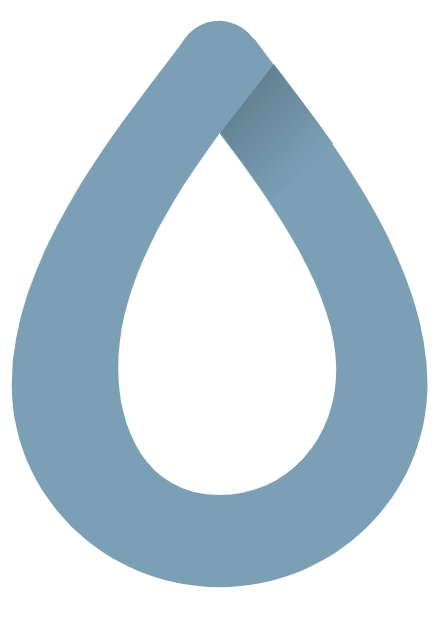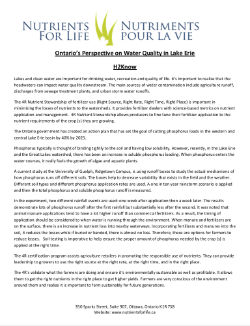
An investigation for high school students to explore the science of water quality challenges in Lake Erie
Thank you to 4R Ontario for sponsoring this video

Download/view
Lakes and clean water are important for drinking water, recreation and quality of life. It’s important to realize that the headwaters can impact water quality downstream. The main sources of water contamination include agriculture runoff, discharges from sewage treatment plants, and urban storm water runoffs.
The 4R Nutrient Stewardship of fertilizer use (Right Source, Right Rate, Right Time, Right Place) is important in minimizing the losses of nutrients to the watersheds. It provides fertilizer dealers with science-based metrics on nutrient application and management. 4R Nutrient Stewardship allows producers to fine tune their fertilizer application to the nutrient requirements of the crop (s) they are growing.
The Ontario government has created an action plan that has set the goal of cutting phosphorus loads in the western and central Lake Erie basin by 40% by 2025.
Phosphorus typically is thought of binding tightly to the soil and having low solubility. However, recently, in the Lake Erie and the Great Lakes watershed, there has been an increase in soluble phosphorus loading. When phosphorus enters the water courses, it really fuels the growth of algae and aquatic plants.
A current study at the University of Guelph, Ridgetown Campus, is using runoff boxes to study the actual mechanisms of how phosphorus runs off different soils. The boxes help to decrease variability that exists in the field and the weather. Different soil types and different phosphorus application rates are used. A one in ten year rainstorm scenario is applied and then the total phosphorus and soluble phosphorus runoff is measured.
In the experiment, two different rainfall events are used: one week after application then a week later. The results demonstrate lots of phosphorus runoff after the first rainfall but substantially less after the second. It was noted that animal manure applications tend to have a lot higher runoff than commercial fertilizers. As a result, the timing of application should be considered to when water is running through the environment. When manure and fertilizers are on the surface, there is an increase in nutrient loss into nearby waterways. Incorporating fertilizers and manures into the soil, it reduces the losses while if buried or banded, there is almost no loss. Therefore, these are options for farmers to reduce losses. Soil testing is imperative to help ensure the proper amount of phosphorus needed by the crop (s) is applied at the right time.
The 4R certification program assists agriculture retailers in promoting the responsible use of nutrients. They can provide leadership to growers to use the right source at the right rate, at the right time, and in the right place. The 4R’s validate what the farmers are doing and ensure it’s environmentally sustainable as well as profitable. It allows them to get the right nutrients in the right place to get higher yields. Farmers are very conscious of the environment around them and realize it is important to farm sustainably for future generations.
Nutriments pour la vie est soutenu par: